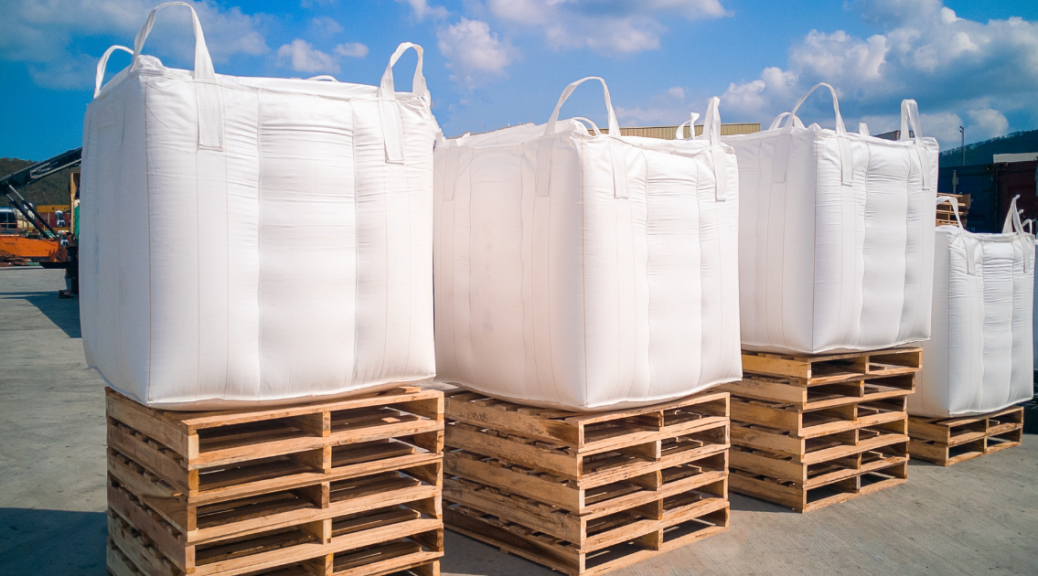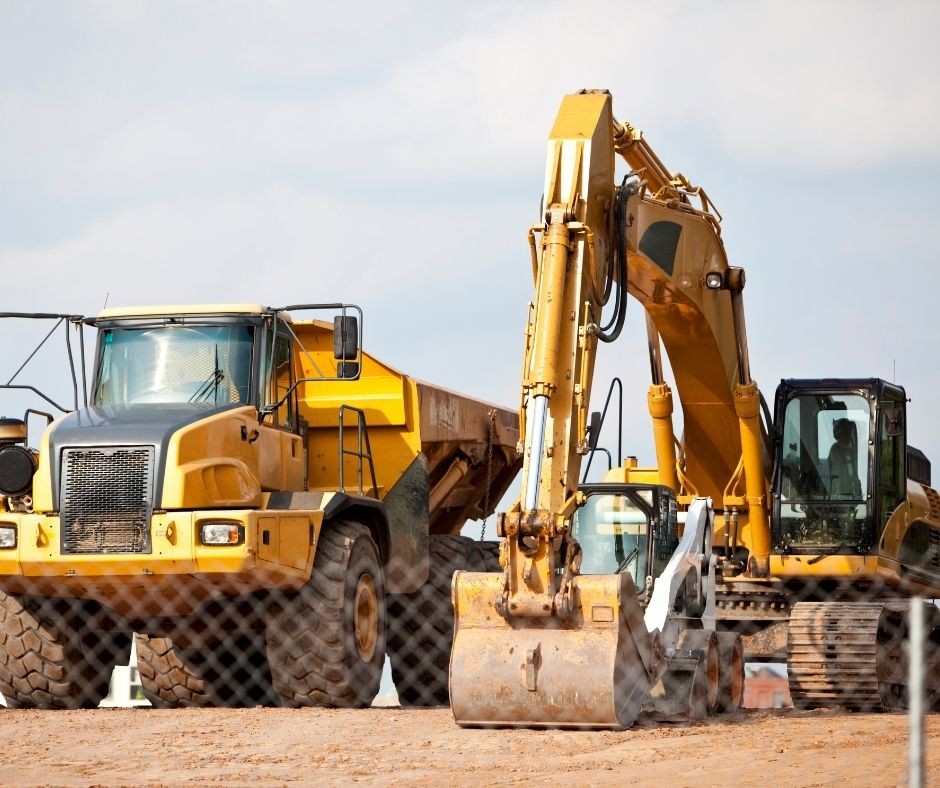Intermediate Bulk Container Market to Hit $4.12B by 2029, Driven by Material Handling Demand

The global intermediate bulk container (IBC) market is projected to grow by USD 4.12 billion between 2025 and 2029, with a compound annual growth rate (CAGR) of 4.8%, according to Technavio. This growth is primarily driven by the increasing need for efficient material handling solutions across industries such as construction, chemicals, and e-commerce.
Why Material Handling Matters in the IBC Market
Intermediate bulk containers are essential for transporting and storing large volumes of liquids, powders, and other bulk materials. The construction industry, in particular, is fueling the demand for durable and reusable containers that can handle high-capacity loads efficiently. Material handling containers, including rigid, flexible, and folding IBCs, provide logistical advantages such as:
- Durability and Stackability: Ensuring safe and compact storage.
- Reusable Designs: Supporting sustainability goals and reducing waste.
- Ease of Transport: Facilitating seamless movement through warehouses and supply chains using forklifts and pallet jacks.
Key Growth Drivers
- Construction Sector Revival:
A surge in global construction activities has created a significant demand for material handling solutions like IBCs to transport bulk materials efficiently. - E-Commerce Boom:
The rise of e-commerce and direct-to-consumer logistics has increased the use of IBC totes for managing high-volume supply chains, particularly for liquids, powders, and other goods. - Sustainability Trends:
Regulatory and environmental pressures are driving the shift toward eco-friendly and recyclable materials, making IBCs a vital part of sustainable material handling strategies.
Challenges to Overcome
Despite their widespread utility, the IBC market faces challenges, particularly in raw material price volatility. Steel, polypropylene, and other components used in IBC production are subject to fluctuating costs due to global supply chain disruptions and oil price instability.
Regional Insights and Industry Applications
The Asia-Pacific (APAC) region is leading the growth, accounting for 51% of the market share. Major industries such as chemicals, pharmaceuticals, and food processing are adopting IBCs for their material handling capabilities, especially in high-demand sectors like specialty chemicals and hazardous materials.
Future Outlook for Material Handling in the IBC Market
With automation and innovation becoming key trends, the role of material handling in logistics is expanding. Companies are leveraging advanced IBC designs and integrating them into automated warehouses to improve efficiency and reduce operational costs. This aligns with the growing need for sustainability and optimized supply chains.
For a more detailed analysis, read the full report here: Technavio Report.
Source: Technavio, PR Newswire, Shelby County Reporter

